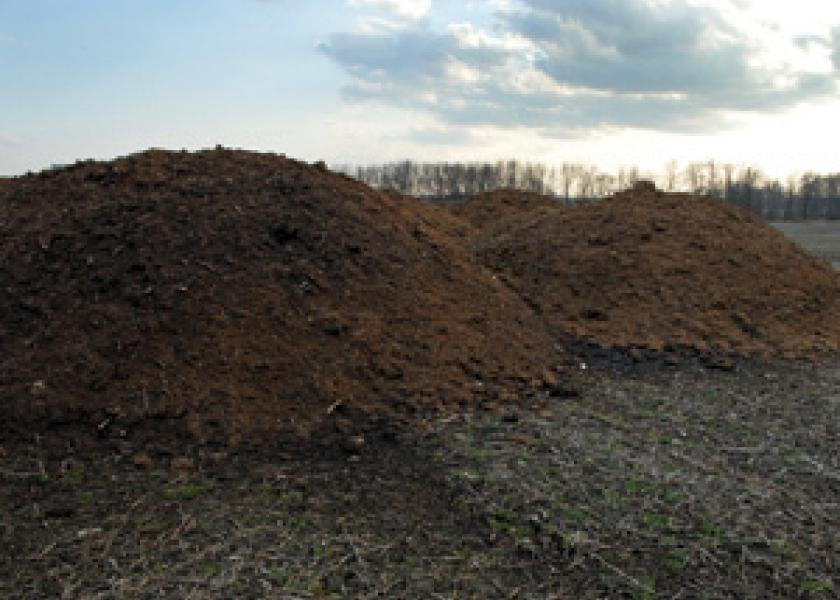Keep Livestock Manure Out of Floodwaters

By Ellen Crawford, North Dakota State University
Manure spills pose a threat to aquatic ecosystems.
FARGO, N.D. - Producers need to protect their manure storage facilities as well as their home and livestock during a flood, North Dakota State University Extension Service specialists say.
"Accumulated leakage eventually can end up in the nearby surface water and/or an aquifer," warns Mary Berg, a livestock environmental management specialist at NDSU’s Carrington Research Extension Center.
Surface water contamination from manure spills may pose a significant threat to aquatic ecosystems, and excessive nutrients may cause eutrophication in freshwater ecosystems.
Eutrophication is an increase in aquatic plant growth due to an increase in nutrients such as nitrogen and phosphorus. As this increased aquatic plant mass dies, microorganisms use the organic matter as a food source. The microorganisms also use the dissolved oxygen in the water, which can cause fish to suffocate. Research shows that 1 extra pound of phosphorus in a lake can produce hundreds of pounds of weeds and algae.
Kevin Erb, conservation professional development and training coordinator with University of Wisconsin Cooperative Extension, recommends the following ways to alleviate potential pollution problems if or when floodwaters overtake manure storage facilities:
Stockpile
- Build a 1- to 2-foot berm around a short-term or permanent manure stockpile storage area. This berm is not designed to keep floodwaters out, but it will help contain the highly concentrated leachate as floodwaters begin to recede. However, the berm around dry manure storage stacks has the potential to erode when the water rises, so compact the berm with a tractor tire as much as possible.
- The water left around the pile (due to the berm) two to three weeks after the floodwaters recede will be heavily concentrated with nitrogen, phosphorus, potassium and bacteria. Pump that highly concentrated leachate into your water containment pond to help dilute the nutrients to safe levels and eliminate the potential for pollution.
- If your containment pond is full or you are unable to pump the water in the berm away from the stockpile, make sure the berm is maintained to lessen the potential for nutrient pollution due to runoff.
Containment Pond
- Fill the containment pond with water to within 1 foot of the top to maintain the integrity of the containment pond structure and avoid bank erosion.
- Use a liquid manure spreader, rather than traveling gun and sprinkler irrigation systems, to help draw down the pond levels once floodwaters recede. A liquid manure spreader will move greater quantities of water in a shorter amount of time.
- Draw down the containment pond to a safe level as soon as possible to prepare for possible rain throughout the summer season.
"It is important to be aware of the possible short- and long-term consequences to the environment due to mismanagement of manure stockpiles and containment ponds," says Emily Kline, another livestock environmental management specialist at the Carrington Research Extension Center. "Being proactive is the best management strategy."
For More Information
Contact your local Extension office.







